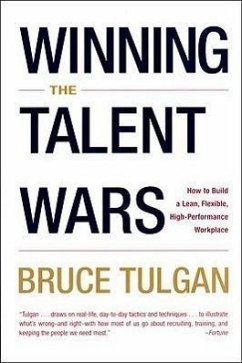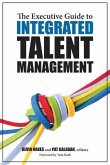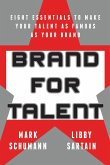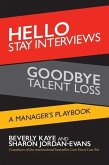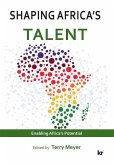Battered by waves of downsizing since the 1980s, talented men and women no longer seek job security from one company. This is the true hallmark of the new economy-not fleeting dot-coms and IPOs, but a fast-moving, free-agent workforce with the flexibility to jolt productivity. Managers, meanwhile, must grab hold of this shifting group of talent and squeeze more work out of them than ever before, particularly in a tight economy. The trouble is, their traditional source of power over employees-the corporate ladder-is dead and gone. Using richly detailed, never-before-published accounts, Bruce Tulgan reveals how America's most influential corporations, including Cisco, Dell, Microsoft, General Motors, J.P. Morgan, and J.C. Penney, are replacing obsolete recruitment and retention efforts with breakthrough solutions. "Tulgan's smart, crisp, light-handed prose makes his radical notions sound downright commonsensical," says Fortune magazine. Those radical ideas are the secret weapon of today's most successful, creative managers.
Hinweis: Dieser Artikel kann nur an eine deutsche Lieferadresse ausgeliefert werden.
Hinweis: Dieser Artikel kann nur an eine deutsche Lieferadresse ausgeliefert werden.

